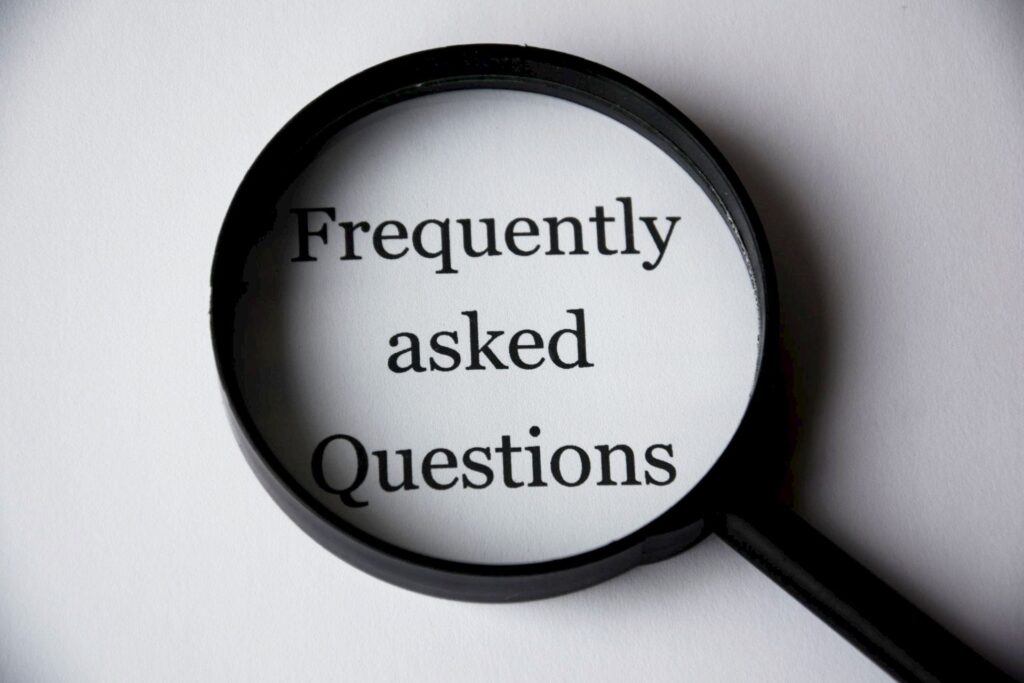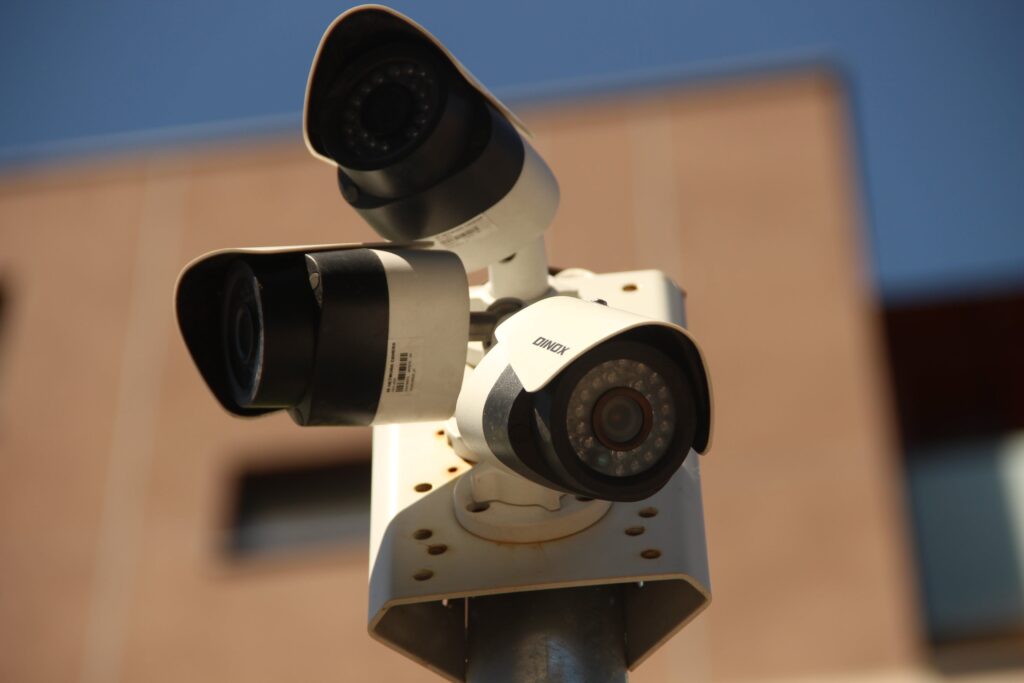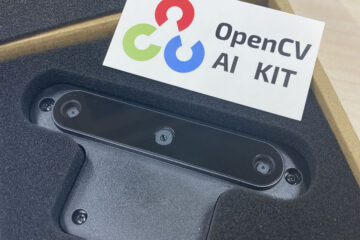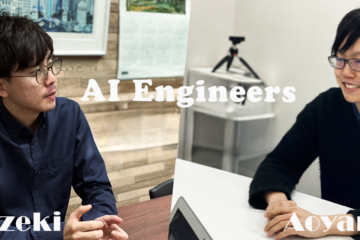
Greetings from NEXT SYSTEM, motion enthusiasts! We’re thrilled to have you here at VP-Motion, your go-to destination for all things related to our cutting-edge motion technology. As we embark on this journey together, we understand that questions may arise about how VP-Motion can elevate your experience.
That’s why we’ve compiled this comprehensive FAQ blog to address the most common queries and provide you with insights into the exciting world of VP-Motion. Whether you’re a seasoned user or just getting started, this guide aims to demystify any uncertainities and unlock the full potential of our innovative solutions.
So, buckle up and explore the answers to your burning questions. Let’s explore VP-Motion together!
Getting started
Delve into the frequently asked questions (FAQ) to address common inquiries and gain valuable insights. This segment is crafted to answer the most commonly asked questions, providing detailed information about VP-Motion.

What is the maximum number of cameras that can be connected to a single PC when using VP-Motion Monitor?
➡️ Ever wondered how many cameras VP-Motion Monitor can handle? It can support up to 8 cameras, offering substantial flexibility for your monitoring requirements. However, it’s important to note that adjustments may be needed depending on your PC’s performance or the computational demands of analytical processes. So, while VP-Motion Monitor opens up a world of possibilities with its multi-camera support, a bit of customization might be in order to tailor the experience to your specific setup and requirements.


What are the system requirements for VP-Motion on a PC?
➡️ Enhance your monitoring experience with VP-Motion Monitor by ensuring your system meets these essential hardware requirements:
- CPU: Intel® Core i7-6700 or equivalent, or higher
- Memory: 32GB or more
- Minimum required GPU: NVIDIA® GPU with a minimum of 6GB of VRAM
- Recommended GPU: NVIDIA® GeForce RTX 3060 or equivalent, or higher
By aligning your system with these specifications, you gurantee that VP-Motion Monitor operates as its peak performance, delivering accurate and efficient monitoring results.
What video formats are compatible?
➡️ VP-Motion primarily supports for a diverse range of video formats, ensuring compatibility with popular extensions such as:
‘mp4,’ ‘avi,’ ‘mov,’ ‘wmv,’ ‘flv,’ ‘mpeg,’ ‘mkv,’ ‘webm,’ ‘mts,’ ‘m2ts.’
However, it is important to keep in mind that the compatibility of video files also depends on the specific video codec used. In some instances, depending on the video codec, there might be cases where certain files cannot be loaded into VP-Motion. For optimal performance, consider using video files with the supported extensions and widely-compatible codecs.
Can I use a 4K camera as my input source?
➡️ Incorporating a 4K camera into your VP-Motion setup is indeed an option; however, it’s important to note that utilizing such high-resolution footage doesn’t inherently enchance accuracy. The primary advantage lies in the increased video resolution rather than a direct improvement in analytical percision. Make informed choices regarding input sources based on your specific needs and consider factors beyond resolution when optimizing your VP-Motion setup to ensure a comprehensive and effective monitoring experience tailored to your unique requirements.
Can I purchase an additional license for Standalone Monitor at a later time?
➡️ Absolutely, you can purchase an additional licenses at any time you wish.
The cost for each additional license for Standalone Monitor is $990. Take advantage of our discounted rates when purchasing more than 10 Licenses at once. For personalized assistance or inquiries, please don’t hesitate to reach out to us.
Does VP-Motion detect similar movements in different individuals than in the training data?
➡️ VP-Motion can detect the movement without any problems. Moreover, through training on different camera angles and similar actions, it enhance accuracy over time. If you find challenges in detection, we offer customization and tuning services. Please feel free to inquire for further details and personalized assistance.
How are the analysis results from VP-Motion Monitor exported?
➡️ For each camera, the output includes the following components:
- Video data
- Logs and corresponding CSV data for behavioral analysis
- Logs and corresponding CSV data for skeleton detection
- Packet communication output for above logs
This comprehensive set of outputs ensures a thorough examination of each camera’s performance, facilitating behavioral analysis, skeleton detection, and log management for a holistic monitoring experience.
What are the methods available for communicating with external systems?
➡️ VP-Motion uses versatile TCP(Transmission Control Protocol) and UDP(User Datagram Protocol) packet communication to transmit data to external systems.
This dual approach ensures flexibility and adaptability in catering to diverse networking requirements and environments. While TCP offers reliable and ordered delivery of data with error checking, UDP provides a faster and connectionless transmission, ideal for scenarios prioritizing speed over reliability. This versatile combination allows VP-Motion to meet the dynamic communication needs of external systems, contributing to its effectiveness in diverse monitoring setups.
Can VP-Motion identify individuals through physical resemblance and walking Patterns?
➡️ In this case, our product ‘VP-Eyes,’ offers this capability. It has already been released in Japan. Stay tuned for the much-anticipated introduction of VP-Eyes to international markets, bringing its unique features and capabilities to a global audience.
Does Standalone Monitor run on different OS?
➡️ At present, Standalone Monitor is only supported on Windows. However, we’re actively engaged in the development process to extend compatibility to other operating systems. Your patience and anticipation are highly valued, and we encourage you to stay tuned for forthcoming updates as we work towards the release. We are committed to broadening the accessibility of Standalone Monitor and ensuring its compatibility with various operating systems to enhance the user experience.
How do I use the Product key?
➡️ Please input the provided product key on the VP-Motion title screen while maintaining an internet connection. Follow the prompts for activation authentication to ensure a seamless and successful activation process. If you encounter any issues or require assistance during the activation, please feel free to reach out, and our support team will be glad to help.
I’m having trouble with product key authentication. What should I do?
➡️ The authentication process necessitates a connection to the activation server. For more comprehensive instructions, kindly consult the included manual. This guide provides detailed steps to ensure a smooth and successful authentication process.
How do I obtain information about the duration of Analyzed Behavior?
➡️ Within the CSV data of the behavior analysis log there is a value called ‘predict’, which is the value that VP-Motion uses to indicate its confidence that a certain action assigned to a label is being performed.
By comparing this value with the user-defined ‘threshold’ within the monitoring application, you can calculate the duration of the analyzed behavior.
Start time ▶️ When the ‘predict’ value is higher than the designated ‘threshold’.
End time ▶️ When the ‘predict’ value is lower than the set ‘threshold’.
This information provides a guide on how to extract analysis times based on the confidence level threshold.
How can I evaluate the trained models generated by VP-Motion?
➡️ In the training app ‘VP-Motion Trainer,’ there is a feature called the ‘Dataset Viewer’. This functionality enables users to evaluate inference results by comparing them with the reference data. For a step-by-step guide on utilizing this feature, please consult the detailed instructions provided in the included manual. It offers comprehensive insights to ensure a thorough understanding and effective utilization of the ‘Dataset Viewer’ for your training needs.
How do I read a timestamp?
➡️ When reading timestamps, interpret the values as UNIX time. UNIX time, also known as POSIX time or epoch time, represents the number of seconds that have elapsed since the midnight of January 1, 1970 (UTC). This standardized approach ensures consistency and accuracy in timestamp interpretation across various systems and applications.
Conclusion
In this blog, we’ve navigated through a variety of frequently asked questions regarding VP-Motion. We hope this information has provided valuable insights into unraveling the intricacies of our motion analysis solution. If you have further inquiries, please feel free to reach out. Your questions and feedback are invaluable as we continually work to provide the best user experience.
Keep an eye on future updates and releases, and feel free to contact us for any additional information or assistance. Thank you for being part of the VP-Motion journey, where innovation meets seamless motion analysis.


